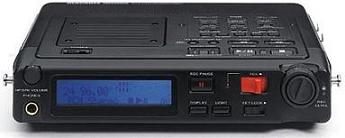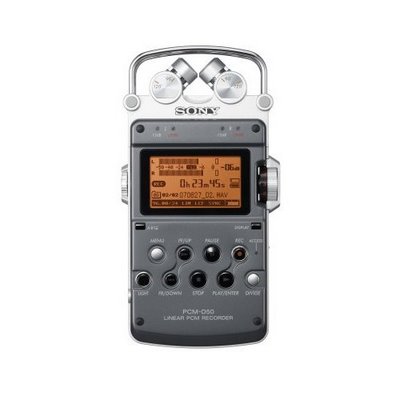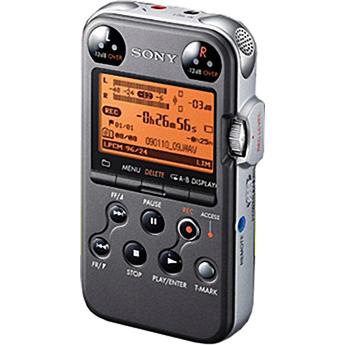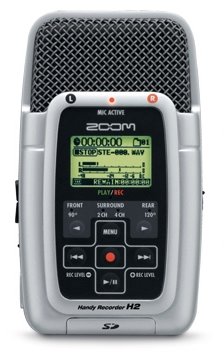Sasquatch Listening Project
The Sasquatch Listening Project is a 24/7 audio project gathering Sasquatch vocalizations using remotely placed recorders.
This project has two goals. The first goal is to purchase additional Sony PCM-M10 digital audio recorders to allow me to increase the number of remote recording systems from the current level of four to an inventory of ten. Many witnesses ask for his help in monitoring their areas where they suspect they have had Sasquatch activity.
The second goal is to produce a CD of all my Sasquatch sounds. This will include all previously recorded sounds plus sounds from this coming spring and summer. This will be sent out in October 2013.
To be a part of this crowdfunding project please scroll to the bottom of this post and review the different levels.

The Sony PCM-M10 digiatal audio recorder
The second goal is to produce a CD of all Stan’s Sasquatch sounds. This will include all previously recorded sounds plus sounds from this coming spring and summer. This will be sent out in October 2013.
In 1956 Stan was introduced to audio recording at the age of eight in Northern Idaho. Cousins visited from California and brought along a large magnetic reel-to-reel tape recorder used to record all family members while they traveled around the country. Stan can be heard in this short clip talking on what to him was an amazing machine in June of 1956.   Stan in 1956
Recorders gradually became more affordable and Stan received a Webcor reel-to-reel as an after-Christmas gift January of 1964. That recorder was used to record innumerable family members, TV and music from the radio. In the spring of 1969 Stan recorded his first nature sounds, spring frogs, in the Willamette Valley of Oregon.

Stan using a Telinga Parabolic Microphone and Sound Devises 722 Field Recorder.
Gradually over the years digital recording came on the scene and totally changed the ability of nature recordists to record for extended periods in the field. While Stan was on his first Bigfoot expedition to New Mexico in September of 2004, he determined that he needed to record the many vocalizations he and others were hearing. At that time he purchased a Marantz PMD-670 digital recorder with flash drive. Starting in May of 2006 Stan made a decision to record full-time in various locations with a history of sasquatch activity. Others have stated that “Stan is a pioneer” when it comes to techniques of recording 24/7.
Since that time he has purchased more recorders, including the Sound Devices 722, and several Sony PCM-M10. From 2006 until the present Stan has recorded continuously with several recorders placed in different locations. Stan spent a lot of time developing a recording system which allows him to leave out recorders for an extended length of time. With a complete recording system Stan is able to drop off one of his systems at a remote location and return 2 months later to retrieve it. Stan has traveled to all lower 48 states since 2007, recording in most of them.
Interview this past fall with Channel 20’s Illinois Central TV
Stan developed the website, StanCourtney.com with several goals in mind. One goal was a place to share the sounds of nature, whether from birds, frogs or mammals (including Sasquatch) and also to help researchers to select recorders and microphones that hopefully fulfills their goals. The Night Sounds section includes many recordings of Barred Owls, Coyotes and Fox which commonly are mistaken for Sasquatch.

The Field Recorder section brings together links of forums, reviews and sound clips of various audio recorders, microphones and sound editors.
Stan emphasizes that all sounds must be compared against Reference Species to help determine their species. Only by using sound analysis can any sound be eliminated as being of a common animal.
Stan has given presentations to various groups throughout the state of Illinois and has been a guest on numerous radio and TV shows.
_______________________________________________________________________
Stan is prepared for any challenge when audio recording. This recording project has been on-going for 9 years now and over a 100 sound clips have been recorded of possible Sasquatch. They, as well as any new Sasquatch sounds from this spring and summer will be included in the October 2013 CD.
_______________________________________________________________________
To be a part of the Sasquatch Listening Project just select your level from the list below and remit your payment using paypal to: stancourtney@hotmail.com.












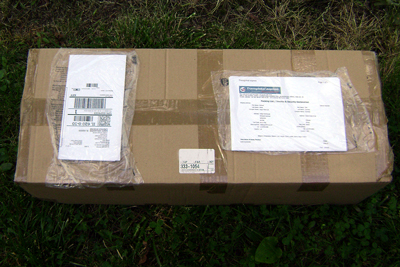
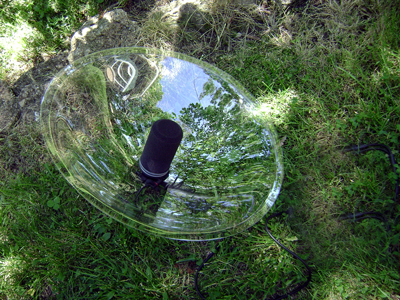
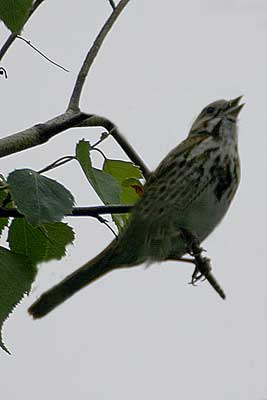






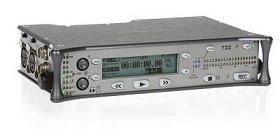
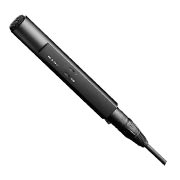 Seenheiser MKH20 Omnidirectional Microphone
Seenheiser MKH20 Omnidirectional Microphone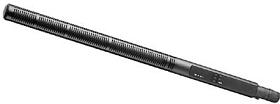 Sennhesier MKH70 Long shot gun microphone
Sennhesier MKH70 Long shot gun microphone

